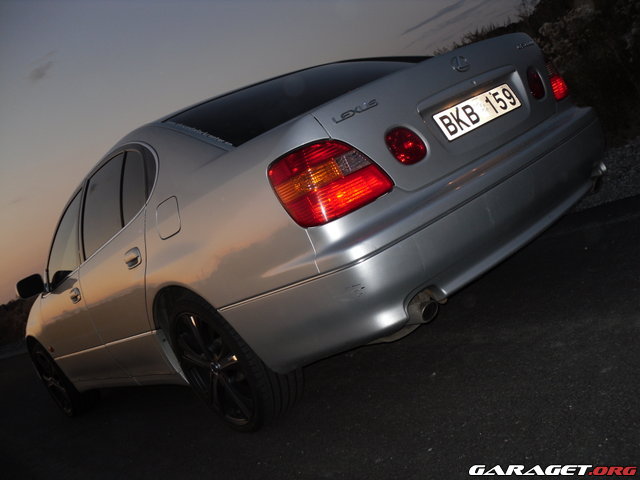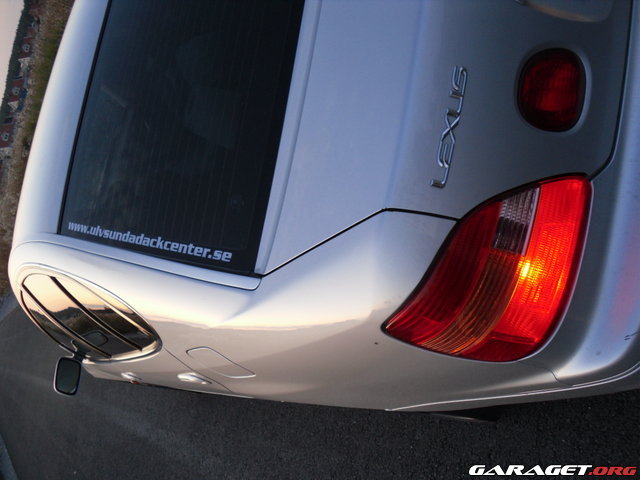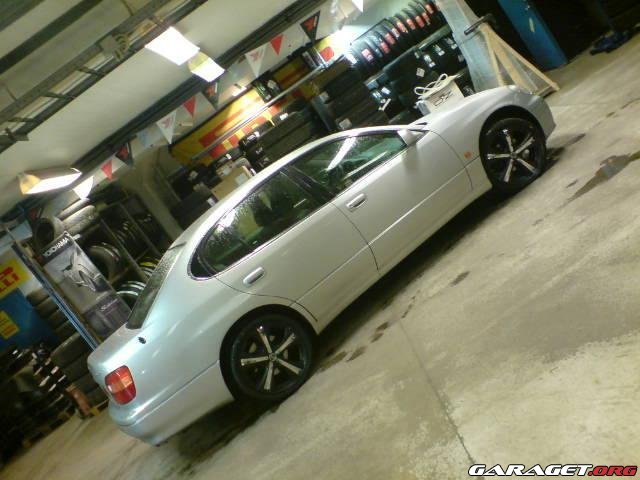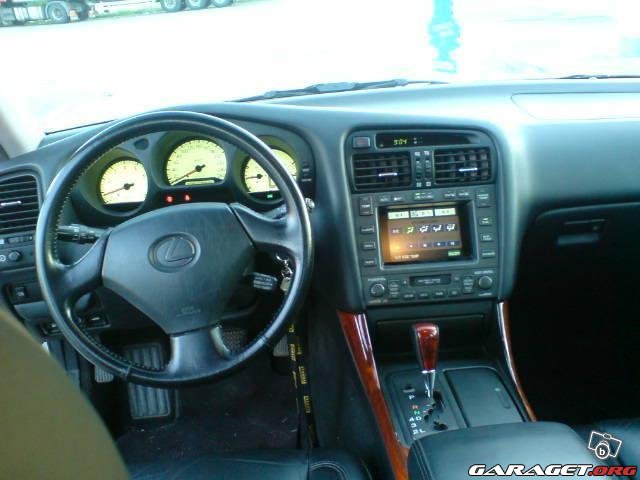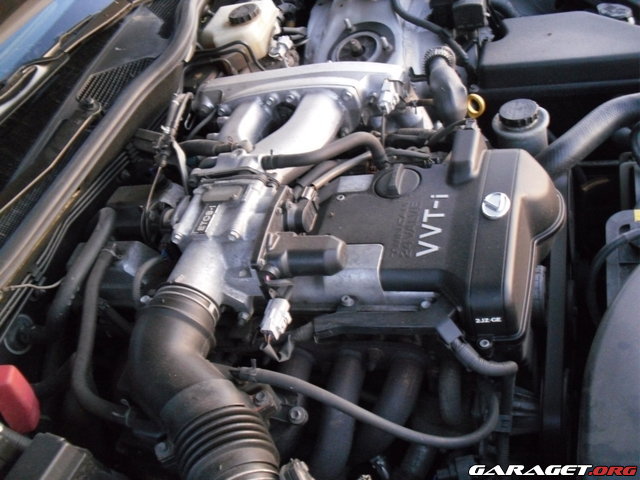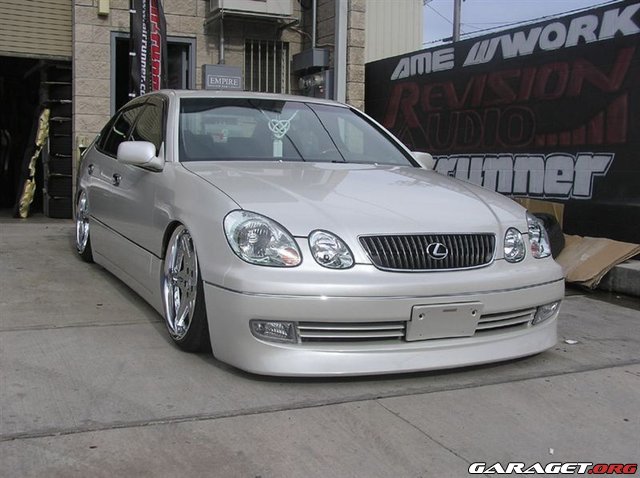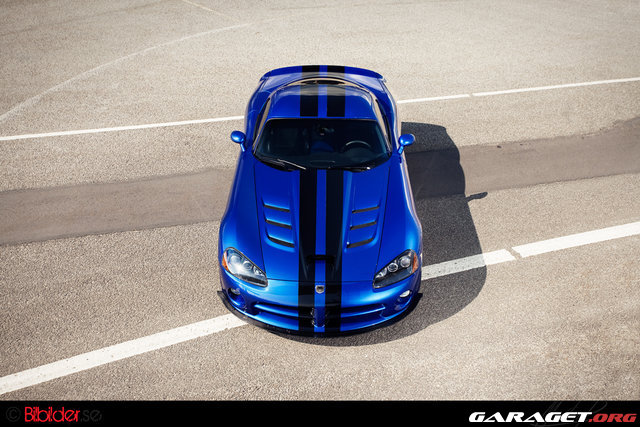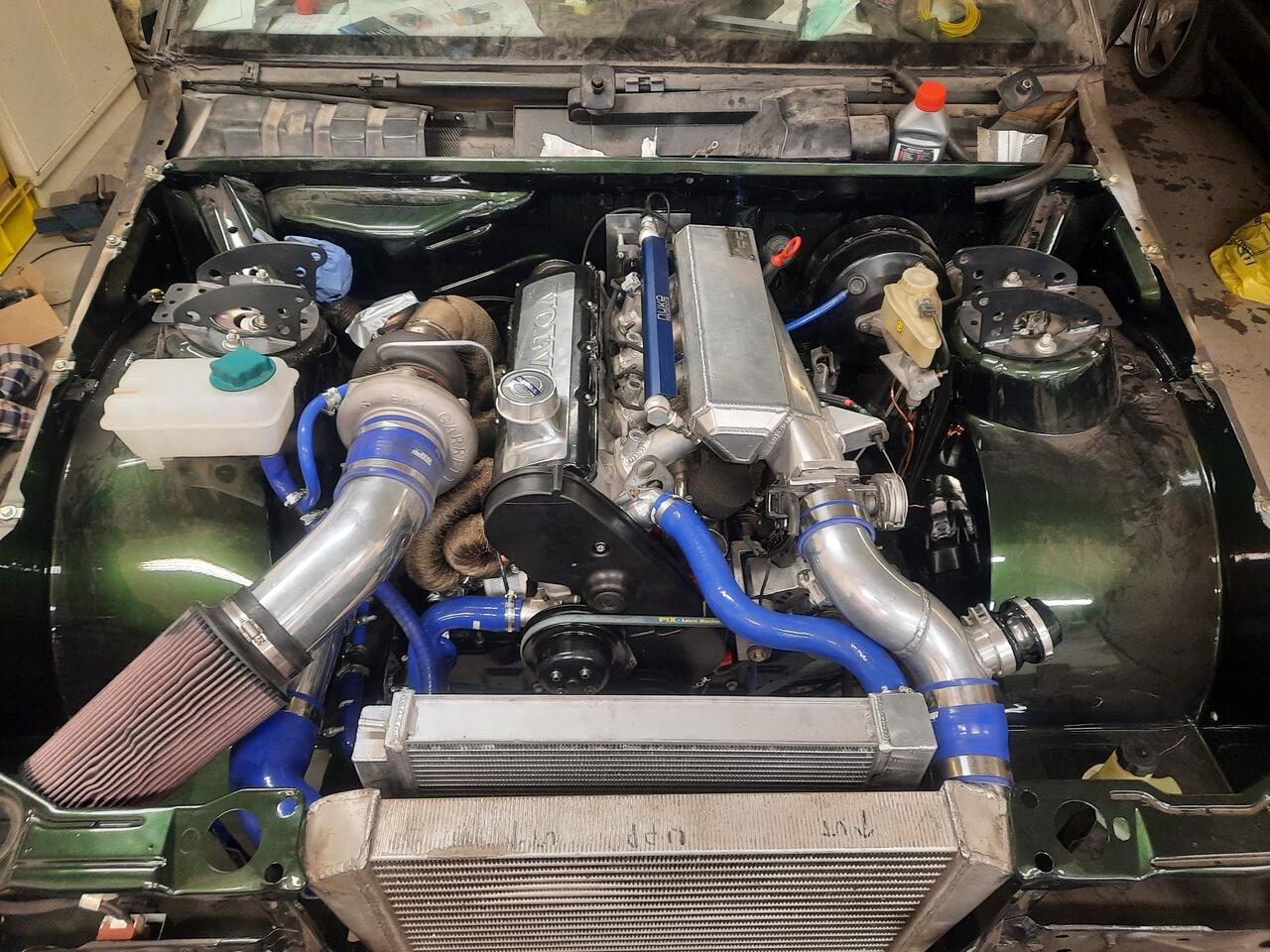just_d Kung
just_d hade bilen mellan mars 2009 och november 2009 (skrotad)
6 514 visningar (1 idag)
Uppdaterad 2 mars 2013
Skapad 11 juni 2009
Effekt / Vridmoment
220 hk / 169 NmMotor, växellåda och avgassystem
motor- 2JZ-GE
The 2JZ-GE is a common version. Output is 215 to 225 hp JIS (158 to 169 kW) at 5800 to 6000 rpm and 209 to 220 ft.lbf (215 to 298 Nm) of torque at 3800 to 4800 rpm.
It uses Sequential Electronic Fuel Injection, has an aluminum head and 4 valves per cylinder with some versions using VVT-i, along with a cast iron cylinder block.
Växellåda
5-speed automatic (JZS160, UZS160/A650E)Effekt och prestanda (ingående)
220 hp och 169 kwChassi
ska byggas om till ställbara och vidareFälgar, däck och bromsar
20" mega wheels med Yokohama... Tack Ulvsunda Däckcenter för det.. =)Interiör / Inredning
All utr förutom taklucka..Bilstereo och multimedia
org. tlls vidareExteriör / Styling
kommer snartFramtidsplaner
Exteriort kolla på bild 3.
Motor byte snart till en supra tt 3.0 L 2JZ-GTE twin-turbo I6 (JZS161)Övrigt
In August 1997, the second generation Aristo was launched in Japan, codenamed JZS160 for models with the 2JZ-GE engines and JZS161 for those with the 2JZ-GTE twin-turbo engines. VVT-i was now standard, resulting in a bump in torque. The twin-turbo version was available with electronic four-wheel steering, stability control and an automatic gearbox with a manual sequential mode. No four-wheel drive models were offered. The new model's styling was produced in-house, and featured quadruple headlights in a fashion similar to the Lexus SC coupe. The drag coefficient was 0.30 Cd. Inside, electroluminescent Lexus Optitron gauges were offered for the first time, along with an upgraded stereo system.
The GS began production in the JZS161 body style on August 4, 1997 and was officially launched in 1998. Answering customer requests for more power, the American market GS 400 was equipped with a UZ-series V8 that produced 300 hp (224 kW) and 310 ft·lbf (420 N·m) of torque. Edmunds.com reported a 0-60 mph (97 km/h) time of 5.4 seconds for the 3693 pound (1675 kg) sedan. The GS 300 was also offered once again and featured a slightly revised version of the last generation's 3.0 L inline-6 now producing 228 hp (168 kW) and 225 ft·lbf (305 N·m) of torque. The GS 300 was quoted with a 7.6 second 0-60 mph time by Edmunds. Both models featured a 5-speed automatic with the GS 400 receiving steering wheel shift buttons. Again, no turbo models were offered outside Japan. The 0-60 mph time of the GS 400 prompted Lexus to claim that the GS was the world's fastest production sedan.[2]
Lexus promoted the arrival of the second generation GS sedan with the tagline, "Something Wicked This Way Comes." Compared to its predecessor, the second generation GS sedan was a much bigger success, with sales reaching 30,622 vehicles in its first year, increasing in the second, and stabilizing at 28,079 vehicles by 2000.[2] The U.S. base price for the GS 300 and GS 430 averaged approximately $38,000 and $47,000 respectively. The success of the GS sedan prompted Lexus to keep the vehicle in its lineup for over eight years.
Källa: Wikipedia





